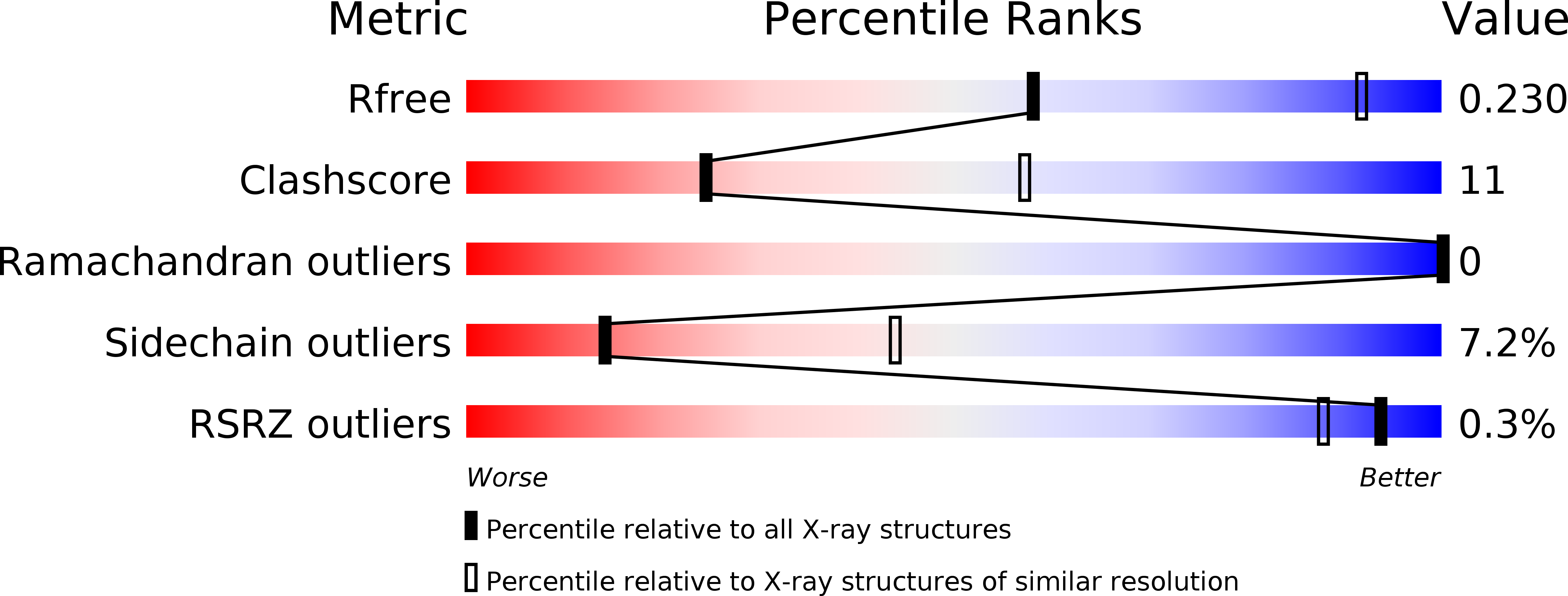
Deposition Date
2019-03-11
Release Date
2020-07-15
Last Version Date
2024-10-16
Entry Detail
Biological Source:
Source Organism:
Homo sapiens (Taxon ID: 9606)
Influenza A virus (Taxon ID: 11320)
Influenza A virus (Taxon ID: 11320)
Host Organism:
Method Details:
Experimental Method:
Resolution:
3.09 Å
R-Value Free:
0.22
R-Value Work:
0.18
Space Group:
P 32 2 1


